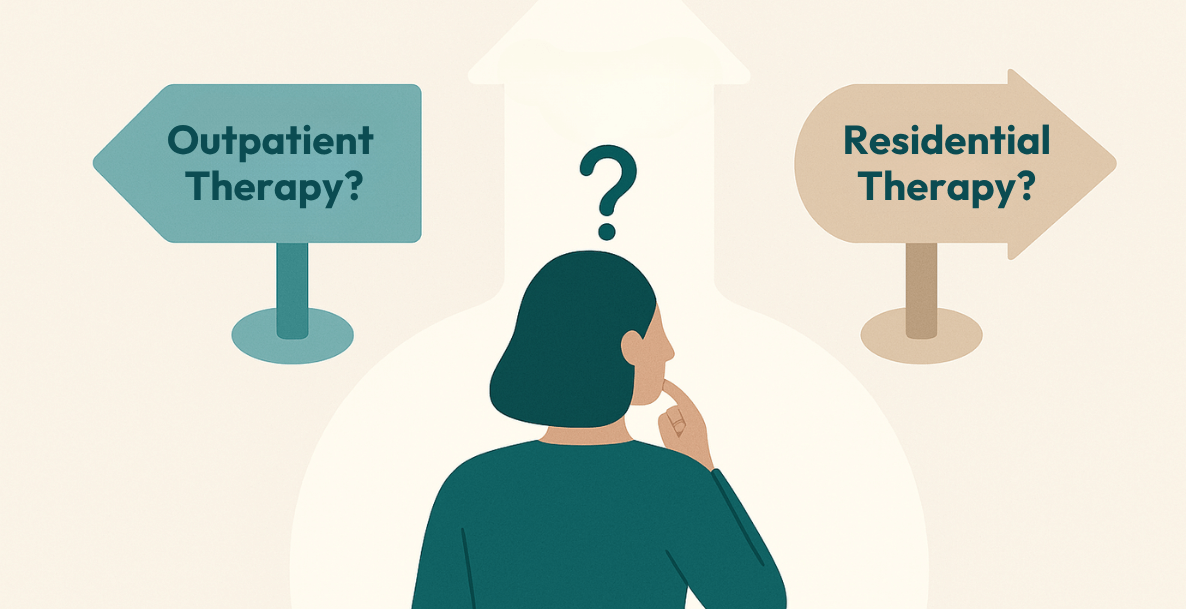People experience a range of bodily sensations every day. From feeling hunger cues such as a growling stomach or a sense of tiredness with heavy eyelids, these sensations are often a background sense that people don’t pay much attention to.
Interoception helps people to feel these sensations and take steps to correct them, such as eating when hungry or sleeping when tired. But aside from being a vital sense, interoception can play a significant role in mental health, connection, and regulation.
Interoception Defined
Interoception includes signals from internal organs to the brain, such as the lungs, gut, bladder, and kidneys. Processing these signals is mostly unconscious, e.g. stabilising blood sugar levels; however, people are aware of many others, such as muscle tension, heart rate, and stomach sensations, to name a few.
When processing these sensations, the brain then uses them as cues to distinguish current emotions, influencing states such as hunger, sickness and excitement, amongst other things. People with a good sense of interoception are more likely to be able to recognise, identify, and regulate their emotions. Better emotional regulation helps people manage feelings such as anger, sadness, and frustration in healthy ways, aiding with the development and maintenance of healthy relationships and mental health.
Interoception works with other senses to help people sense their bodies and the world around them:
- Exteroception is the five senses: touch, smell, hear, taste, and touch, that allows people to sense things around them.
- Proprioception is the ability to sense the body in space and is present in muscle movements. Without it, people would not be able to touch their knees with closed eyes.
These senses work together to help people respond to their environment and different cues. However, interoception does not come naturally to everyone. Those with autism can struggle to identify internal feelings, although it is theorised that this may be linked to traumatic experiences. Trauma can impact how people relate to their bodies and interrupt the sense of interoception, leading to difficulties with emotional regulation.
Trauma and Interoception
Those with a history of trauma can struggle with a sense of interoception, with some wholly unaware of what is occurring within their bodies. Trauma can make their bodies feel like an unsafe space, and ongoing trauma such as neglect, abuse, and sexual violence can significantly raise the risk of people experiencing dissociation.[1]
Dissociation is a disconnect between the brain and body that is an attempt to insulate the person from traumatic events. Dissociating from the body can mean that bodily sensations are muted or unreliable, and people can struggle to recognise signs that they are becoming overwhelmed, anxious, or unwell.
On the other hand, people can also experience hyperarousal due to trauma, with their bodies constantly alert and looking for danger. This can cause many bodily sensations such as muscle tension, sweating, and nausea; their bodies can feel a lot simultaneously. Sifting through signals to find what is truly happening internally can become challenging, again leading to missed signals and dysregulation. For example, those with anxiety can pay a lot of attention to their internal signals but can misread them and misinterpret them as symptoms of illness, increasing their anxiety and panic.
Those with a better sense of interoception are often better at identifying and managing their emotions. However, for those unable to determine what is happening within their bodies, it can make it much more challenging to pinpoint what they are feeling and figure out how to cope.
Improving Interoception
Interoception can be improved and help people to manage their internal signals and emotions more effectively. There are several ways to work on this:
- Focus on sensations – when doing daily activities, such as washing dishes, folding laundry, or working, taking a moment to pause and check in with any internal and external sensations can build body curiosity and boost interoception. For example, when washing dishes, people might notice the smell of the washing-up liquid or that their hands are warm from the water.
- Be more mindful – mindfulness helps people to stay aware of their thoughts, feelings, and bodily sensations throughout the day. Cultivating more mindfulness is excellent for improving interoception as it encourages people to sit and feel sensations without judgement. Paying attention to bodily sensations in intense emotional moments, taking a few minutes every day to sit and focus just on internal signals and emotions, and tuning into moments such as the way water feels on the skin can help people reconnect with their bodies and be more aware of how they feel.
- Breathing exercises – breathing exercises are key tools in improving emotional regulation, and they can also help people improve their sense of interoception. Deep breathing encourages full oxygen exchange within the body, helping to stimulate the parasympathetic nervous system and lower heart rate.
- Exercise – physical exercise of all kinds can help people to reconnect and identify with their bodies. Challenges such as running, weightlifting, or dancing help people be more in tune with their muscles and can create feelings of physical and mental resilience by improving self-esteem.
However, due to past trauma, those with a significant lack of interoception may struggle to reconnect with their bodies. In this instance, professional help and techniques such as somatic experiencing can help to identify and treat the root causes.
Interoception is a sense that everyone uses in daily life; however, for some, it is dulled by trauma, making it hard to identify feelings of overwhelm or the need to rest. Improving interoception can help physical and emotional health, allowing people to better identify what they are feeling in the moment and take steps to cope.
If you have a client or know of someone struggling with anything you have read in this blog, reach out to us at Khiron Clinics. We believe that we can improve therapeutic outcomes and avoid misdiagnosis by providing an effective residential program and outpatient therapies addressing underlying psychological trauma. Allow us to help you find the path to realistic, long-lasting recovery. For more information, call us today. UK: 020 3811 2575 (24 hours). USA: (866) 801 6184 (24 hours).
Sources:
[1] Schalinski I, Teicher MH. Type and timing of childhood maltreatment and severity of shutdown dissociation in patients with schizophrenia spectrum disorder. PLoS ONE. 2015;10(5):e0127151. doi:10.1371/journal.pone.0127151






